Umuvumba Gully forest restoration: A milestone for Nyagatare’s environment and agriculture
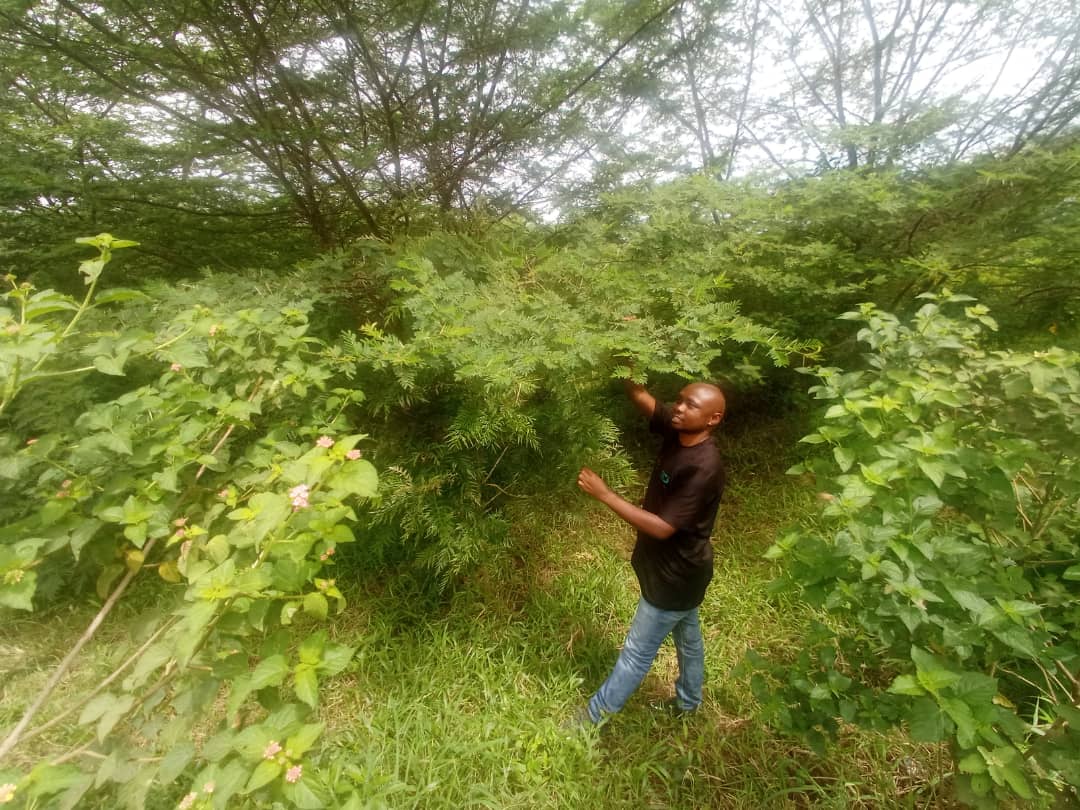
By Kwizera Juvenalis
The Nyagatare District residents are emphasizing the right impacts of restoring Umuvumba Gully Forest, a project that has not only rejuvenated biodiversity but also reflected effectively to local agriculture.
This forest, had been degraded and converted into farmland, has been revived through a large-scale reforestation initiative led by the Rwanda Environment Management Authority (REMA) under the NAP Project.
Prior to the restoration, the deforestation of this Forest had displaced wildlife and severely affected the ecological balance. However, through the NAP Project, replanting effort was undertaken, primarily with variety trees_indigenous and fast-growing.
This effort has successfully empowered the return of various animal species, including Baboos, monkeys, and birds, marking a milestone in biodiversity conservation.
Umuvumba River degradation due to deforestation and soil erosion had posed a severe threat to agriculture and water resources. To mitigate this, they planted bamboo along 85 kilometers of the riverbanks to protect against erosion and ensure sustainable land use for agriculture.
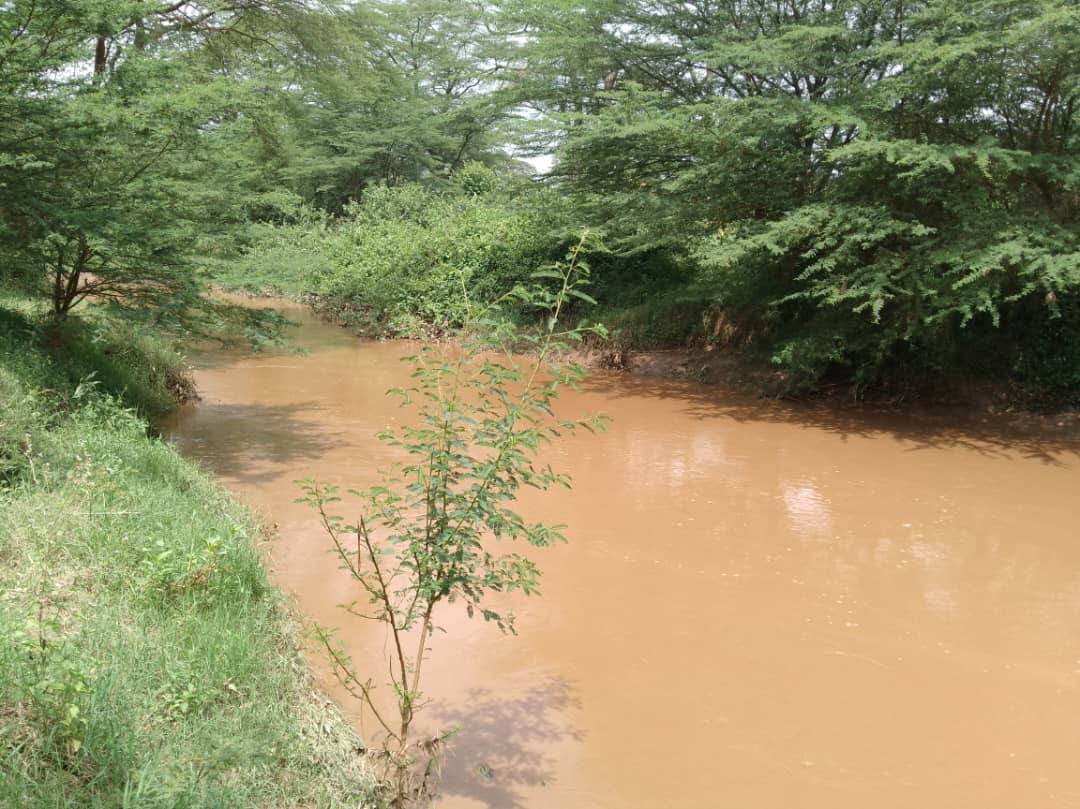
Local farmers have highlighted notable improvements in their agricultural productivity following the restoration. A rice farmer in Cyonyo swamp called Mariko Hatangimana, has expressed the project profits.
“Since the NAP Project planted bamboo to the Umuvumba Riverbank, our soil remains untouched. In the past, heavy rains would wash away the topsoil, reducing our predicted product. Now, we see some improvements and more stable farming conditions.”
Although occasional flooding still occurs, Hatangimana noted that its impact has been reduced comparing to previous years.
Samuel Murenzi, the Environmental Officer for Nyagatare District, witnessesed the broader benefits of NAP project.
“Actually,this initiative has rehabilitated degraded areas that should never have been converted into farmland. The Umuvumba Forest restoration,has not only stabilized the riverbanks but also revived the local ecosystem.
The return of wildlife and the improved climatic conditions have had a direct great impact on both the environment and agriculture.”
Gonzaghe Matsiko, mayor of Nyagatare District in charge of Economy and Development, stated the NAP Project’s role in navugating climate change challenges.
“The various trees planted through this project were nonexistent just in previous years ago. Now, they have enhanced our microclimate, reduced extreme weather conditions, and pivoted livestock productivity. Previously, droughts severely affected our pastures, leading to reduced milk production, but now we get a steady changes to big product.”
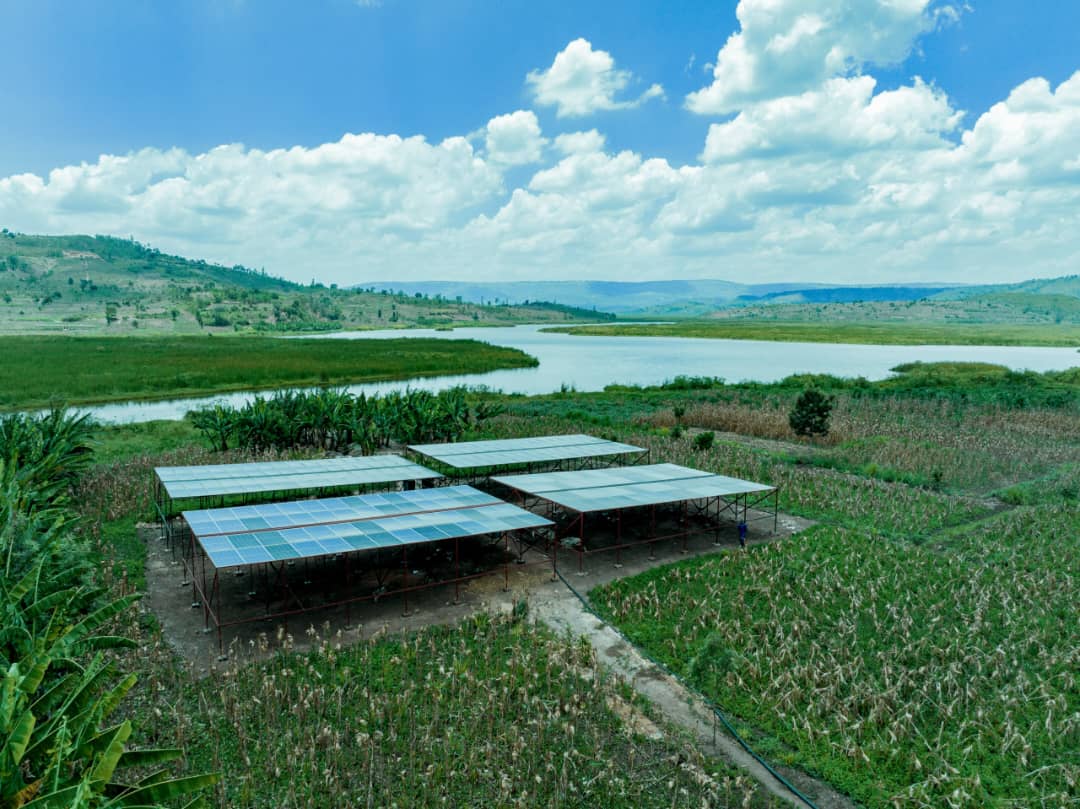
The use of solar energy-powered irrigation on farmland is one of the key innovations introduced by this project. This sustainable method ensures water availability while mitigating carbon emissions, making agriculture more climate-friendly.
Since its launch in 2020, the NAP Project has made an intact strides in environmental conservation and agricultural development in the district. With these interventions, farmers now experience improved agricultural product, better environmental stability, and a more resilient ecosystem.
The project has so far rehabilitated 140Ha of Umuvumba Gully Forest, distributed 100 dam sheets to farmers, created soil erosion control measures on 261 hectares and supply 59,752 fruit trees and other related achievements.
Umuvumba Gully Forest restoration, serves as a model for sustainable environmental conservation, ensuring that the natural resources of Nyagatare proceed to support its people and wildlife for generations to come.
Trending Now
Hot Topics
Related Articles
Kivu Beach Expo & Festival Brings Joy to Rutsiro While Showcasing the Region’s Natural and Sustainable Potential
The arrival of the Kivu Beach Expo & Festival in Boneza Sector,...
Kivu Beach Festival Triggers Urgent Economic Development Push in Rutsiro
Preparations for the 2025 Kivu Beach Expo & Festival have become a...
COP30 Raised Ambition on Adaptation Finance Yet Africa’s 150 Billion Dollar Gap Tells a Different Story
COP30 in Belém was billed as the moment the world would finally...
Rwanda Launches Updated Climate Action Plan to Boost Resilience and Cut Emissions by 2035
Rwanda has unveiled a strengthened national climate strategy with the release of...



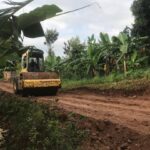
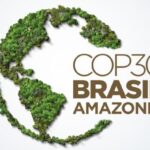


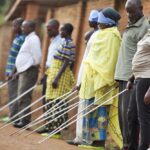



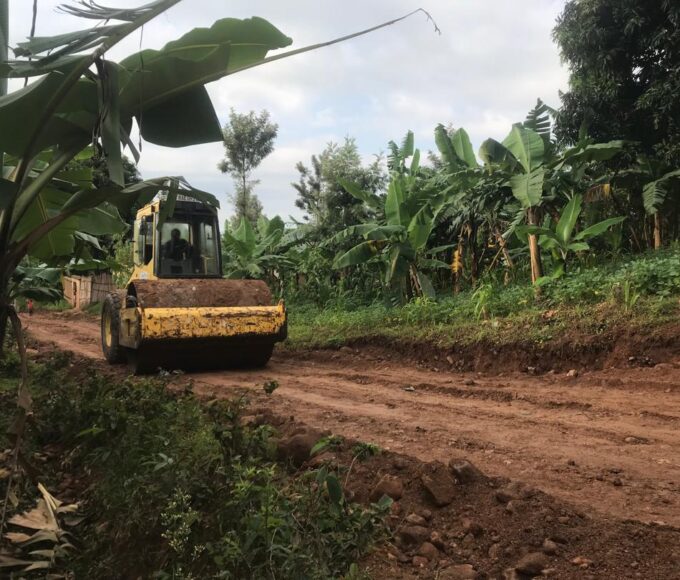
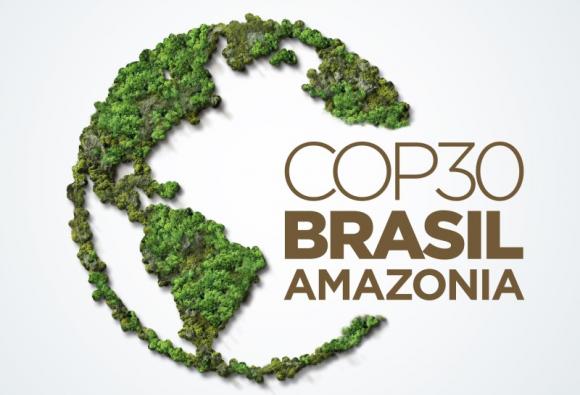
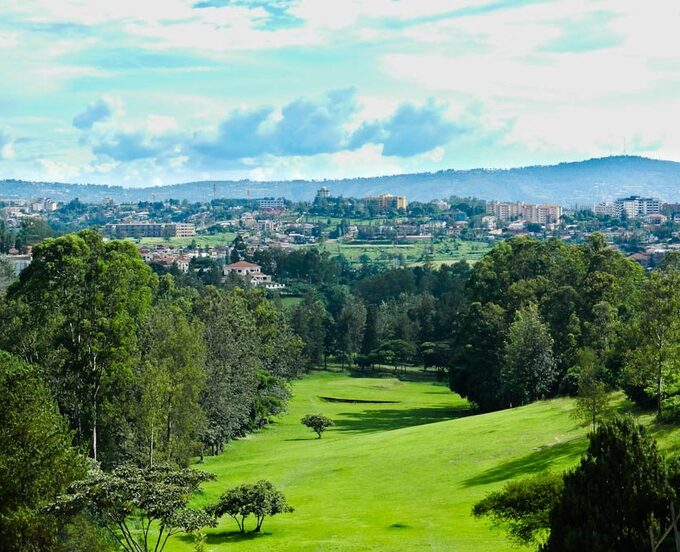
Leave a comment